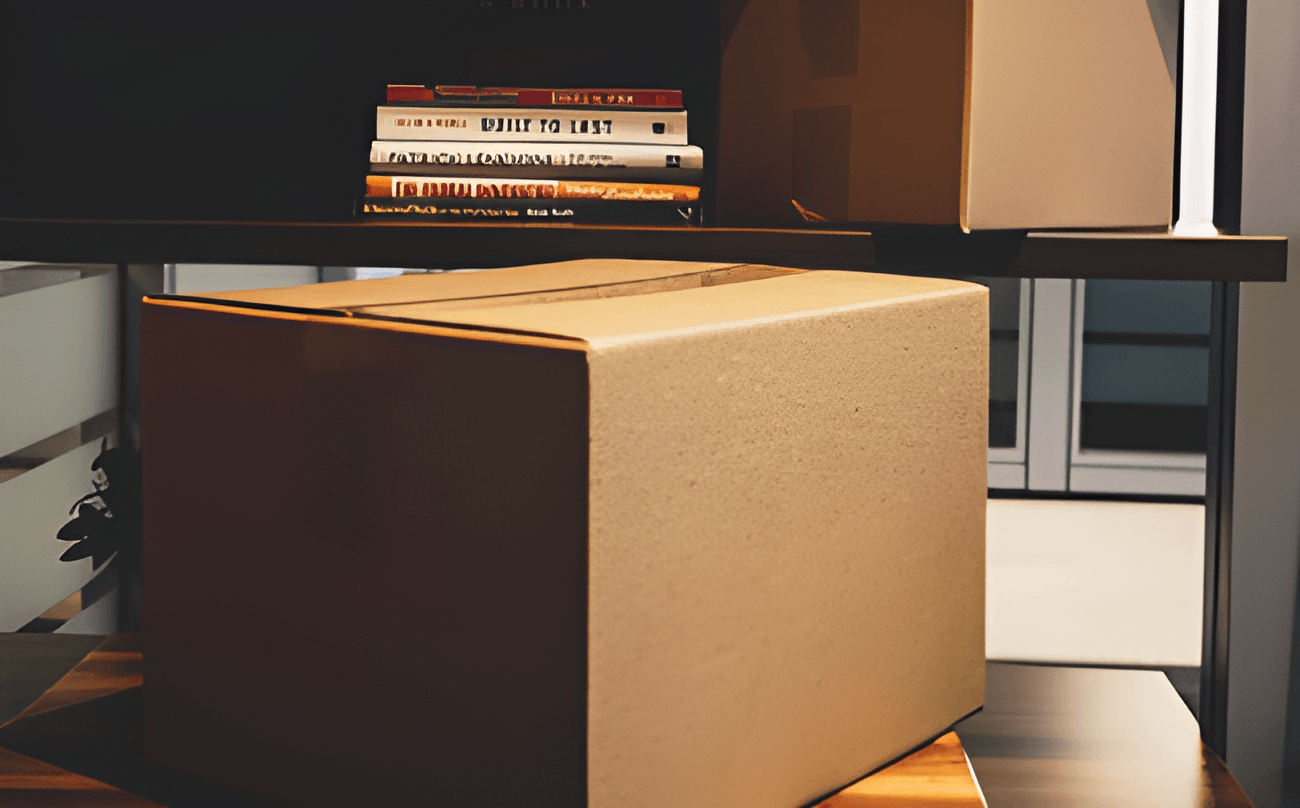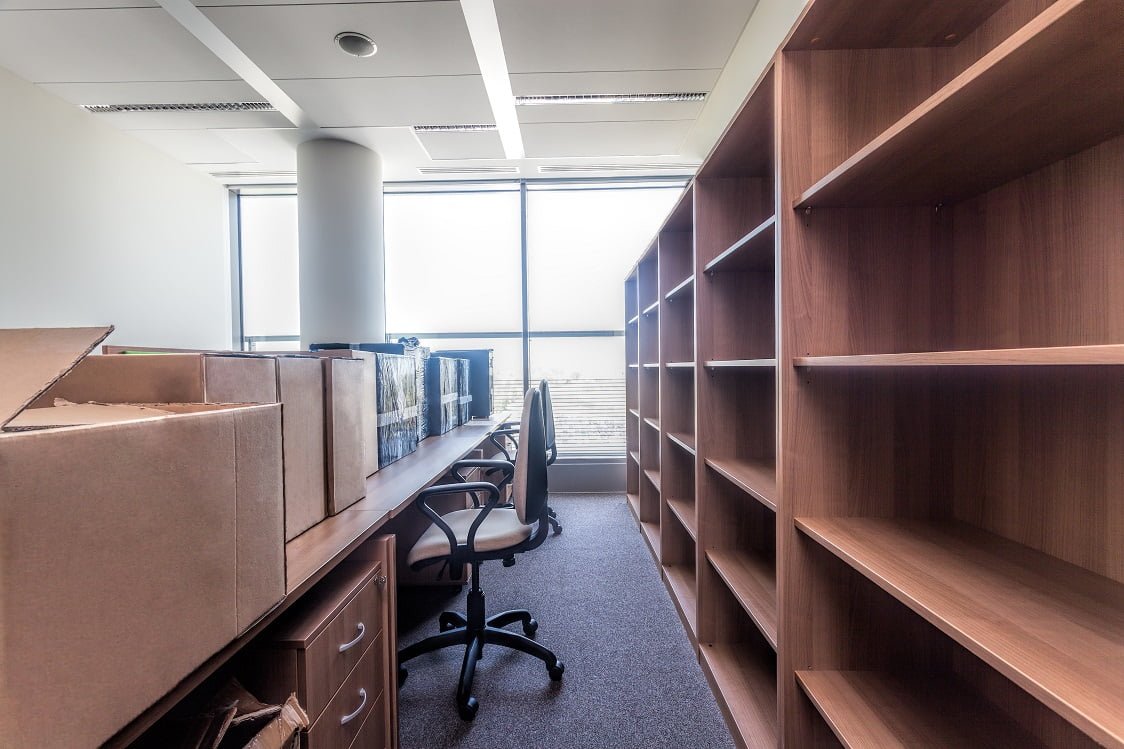Factory relocation is not just about moving assets from one location to another. It involves careful consideration of logistical, operational, and financial factors to minimize downtime and ensure continuity of business operations. Whether you are relocating to a larger facility to accommodate growth or moving to a more strategic location, the process requires expertise that goes beyond the capabilities of a standard moving company. Factory relocation companies specialize in handling the unique challenges of moving industrial operations, providing tailored solutions that address every aspect of the move.
The Complexity of Factory Relocation
Relocating a factory is a multifaceted process that involves several critical stages, each with its own set of challenges. Here are some key areas where a professional factory relocation company can make a significant difference:
1. Pre-Move Planning and Project Management
A successful factory relocation begins with thorough planning. This phase involves:
- Site Assessment: Evaluating both the current and new locations to understand the logistics involved.
- Inventory Management: Documenting all equipment, machinery, and materials to ensure nothing is overlooked.
- Timeline Development: Creating a detailed schedule that outlines each phase of the move to minimize disruptions.
- Risk Assessment: Identifying potential risks and developing mitigation strategies.
Professional relocation companies have project managers who coordinate these activities, ensuring that every detail is addressed, and potential issues are anticipated and resolved promptly.
2. Machinery Dismantling and Packing
The dismantling and packing of machinery are critical steps that require specialized knowledge and equipment. Improper handling can lead to costly damage and extended downtime. A factory relocation company will:
- Dismantle Machinery: Safely disassemble machinery using appropriate tools and techniques.
- Pack and Label Components: Securely pack and clearly label each component to ensure safe transport and easy reassembly.
- Handle Hazardous Materials: Manage and transport any hazardous materials in compliance with regulatory requirements.
3. Transport and Logistics
Transporting heavy and sensitive equipment requires specialized vehicles and handling procedures. Factory relocation companies offer:
- Specialized Transport Vehicles: Equipped with the necessary features to transport heavy and delicate machinery safely.
- Logistical Expertise: Coordination of transportation routes, permits, and schedules to ensure timely delivery.
- Insurance Coverage: Comprehensive insurance to protect your assets during transit.
3. Post – Move Support
The relocation process doesn’t end with the installation of machinery. Post-move support is essential to address any issues that arise and ensure the factory is fully operational. This includes:
- Troubleshooting: Resolving any technical problems that may occur during initial operations.
- Training: Providing training for staff on new equipment or updated processes.
- Maintenance: Offering maintenance services to keep machinery in optimal condition.
Benefits of Hiring a Factory Relocation Company
1. Minimized Downtime
Professional movers understand the importance of minimizing downtime. Their efficient processes and experienced teams work to ensure that your factory is up and running as quickly as possible, reducing the impact on your production schedule.
2. Cost Efficiency
While hiring a professional company involves an upfront cost, it can save you money in the long run. Avoiding damage to expensive machinery, reducing downtime, and ensuring a smooth transition can prevent costly disruptions and repairs.
3. Expertise and Experience
Factory relocation companies bring a wealth of expertise and experience to the table. Their knowledge of best practices, regulatory requirements, and efficient handling techniques ensures that your move is executed with precision and care.
4. Safety and Compliance
Handling heavy machinery and hazardous materials involves significant safety risks. Professional movers are trained to manage these risks and ensure compliance with all relevant regulations, protecting both your employees and your equipment.
Conclusion
Relocating a factory is a daunting task that requires meticulous planning, specialized knowledge, and a coordinated effort. Hiring a factory relocation company can transform this complex process into a seamless experience, ensuring that your machinery and equipment are moved safely and efficiently.









